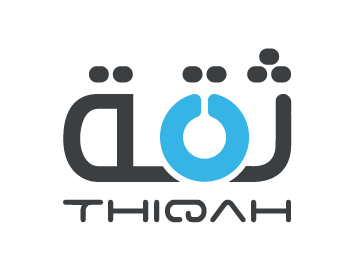Innovative Strategic IT Leadership Course
Introduction:
The Innovative Strategic IT Leadership course is designed to help IT leaders and professionals unleash their creative ideas in innovative ways. The course begins with self-discovery and personal development, before introducing strategic skills applicable within an organization, and integrating creative strategy development into leadership practices.
Objectives:
By the end of the course, participants will be able to:
- Formulate a personal leadership brand.
- Adopt new methods for exercising creative leadership.
- Describe a vision using visual, auditory, and kinesthetic channels.
- Present material in an innovative, engaging format.
- Outline essential attributes of an IT function aligned with organizational strategy.
- Implement techniques for measuring value and performance.
- Design strategies for attracting and retaining employees.
- Analyze and justify technology solutions, vendors, and outsourcing options.
Training Methodology:
- Case studies
- Group discussions
- Leadership role-playing games
- Creative strategy workshops
- Targeted problem-solving
- Peer evaluations
- Communication role-play
- Assessments
Course Outline:
Unit 1: Creative Problem-Solving
- Leadership reality check
- Leadership vs. management
- Brain functioning
- Creative myths
- Edges of rationality
- New perspectives on problem solving
- Setting aside rationality
- Similar thinking styles
- Collaboration and expansion
Unit 2: Pressure Enhancing Individual Obstacles to Creative Thinking
- Sigmoid curve
- Lifecycle model
- Incremental vs. disruptive change
- Self-system and self-management
- Alignment of objectives
- Individual structuring of meaning
- Attitudes towards risk
- Convergent vs. divergent thinking
Unit 3: Creating the Vision as an Active Process
- Six thinking hats
- Alternative thinking approaches
- JoHari's window
- Business planning with vision forming
- Management of team capabilities
- Organizational culture and innovation
- Integrating self and intellect
- Navigating different creative modes
Unit 4: Sharing the Created Vision in an Appropriate Way
- 7-Step Creative Process
- Communication models
- Viral visioning
- Authentic leadership and trust
- Techniques and strategies to enhance creativity
- Sharing the vision
- Influencing without direct commands
- Leadership beliefs
Unit 5: Bringing Ideas to Action: Change through Creativity
- Incentives
- Hierarchy of needs
- Overcoming organizational limitations
- Fostering a learning culture
- Motivators beyond money
- Personality tests
- Creative decision-making
- Collaborating on IT strategy
- Influencing and motivating change
Unit 6: IT Department Leadership
- Role nuances of an IT manager
- Assessing IT service value
- Articulating IT value to stakeholders
- Team leader roles in IT
Unit 7: Technology Management
- Managing current technology
- Timing for new technology adoption
- Asset control
Unit 8: Role of Influence
- Forms of influence power
- Influence strategies
- Relevant influence strategies
- Negotiation tactics
- Effective influence and performance
Unit 9: Catering for Decision Making
- Strategic decision-making
- Identifying strategic decisions
- Assessing vendor selection
- When to hire outside help
Unit 10: IT Strategic Plan and Budget Formulation
- Implementing IT missions
- Identifying target customers
- Partnership modalities
- Strategic planning
- Fund and resource allocation
Unit 11: Managing IT Quality
- Value of process management
- Definitions of quality
- Maturity models
- Process management
- International standards
Unit 12: Building the IT Management Team
- Setting targets and measuring performance
- Delegating and motivating
- Team building
- Managing administrative teams and stakeholders
Unit 13: IT Project Management
- Necessity of project management in IT leadership
- Project manager characteristics and competencies
- Fundamentals of project management
Unit 14: IT Performance Metrics
- Measurement systems
- Best Practices organization
- Applying metrics
- Managing by facts and outcomes
- Metrics in strategic planning
Unit 15: Common Pitfalls and Lessons Learned
- Integrating technical and corporate needs
- Addressing tactical and strategic issues
- Adopting and enhancing technologies
- Management styles and culture


















